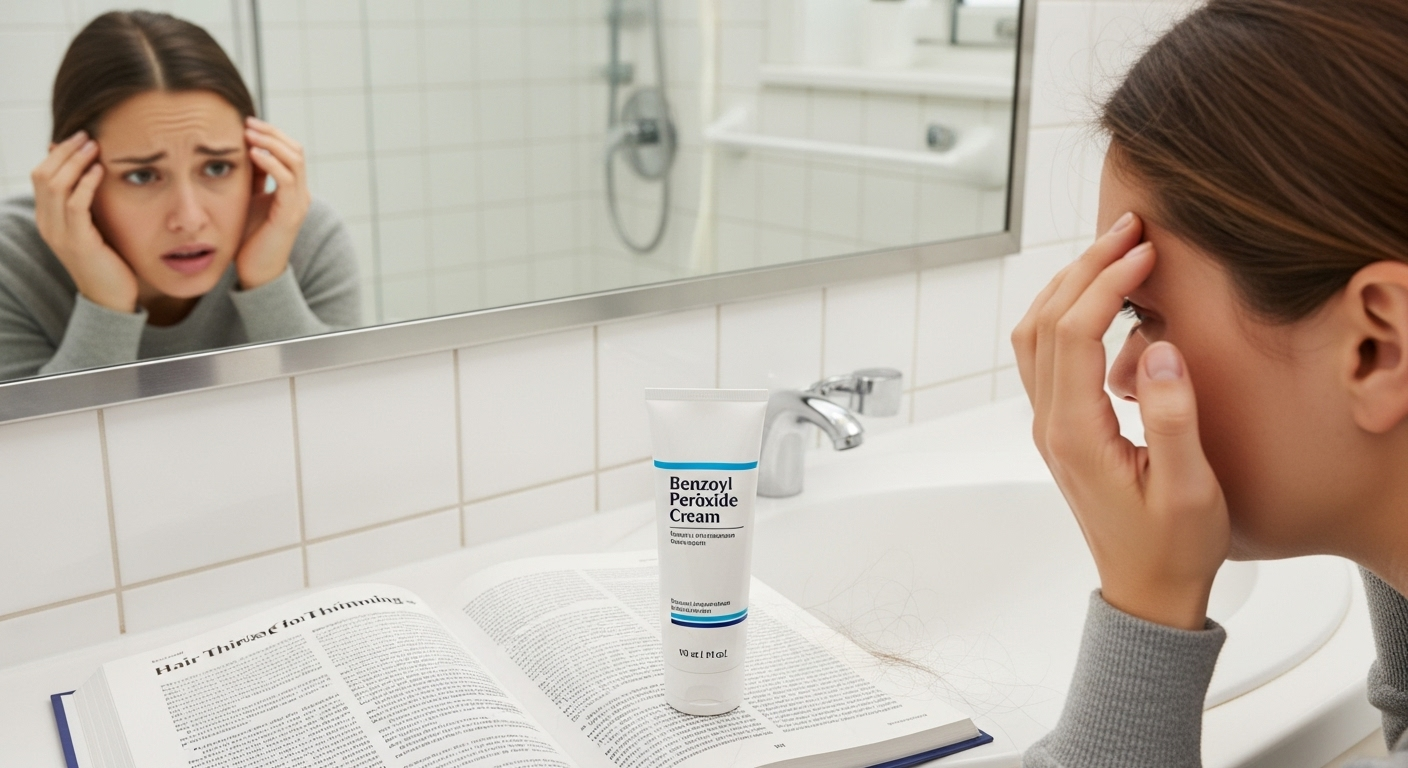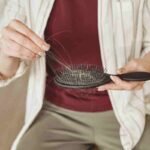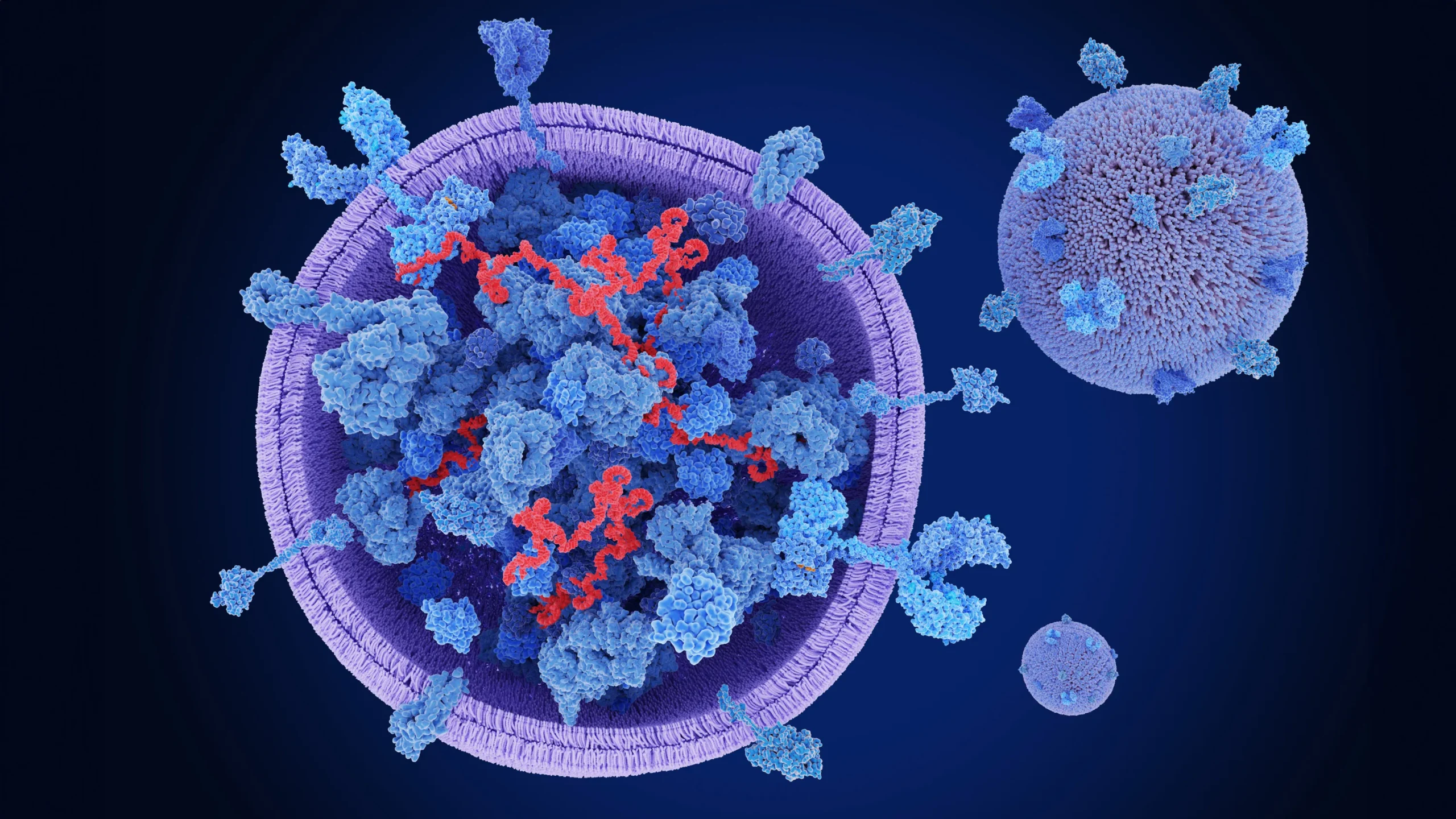If you’re concerned about does benzoyl peroxide cause hair loss, especially after acne treatments around your hairline, you’re not alone. Many individuals worry that scalp irritation or bleaching may actually trigger shedding. In this article, you’ll discover what dermatology experts say, how bleaching differs from hair loss, and safe application tips to protect scalp and …
If you’re concerned about does benzoyl peroxide cause hair loss, especially after acne treatments around your hairline, you’re not alone. Many individuals worry that scalp irritation or bleaching may actually trigger shedding.
In this article, you’ll discover what dermatology experts say, how bleaching differs from hair loss, and safe application tips to protect scalp and follicles—backed by experience, medical insight, and practical guidance.
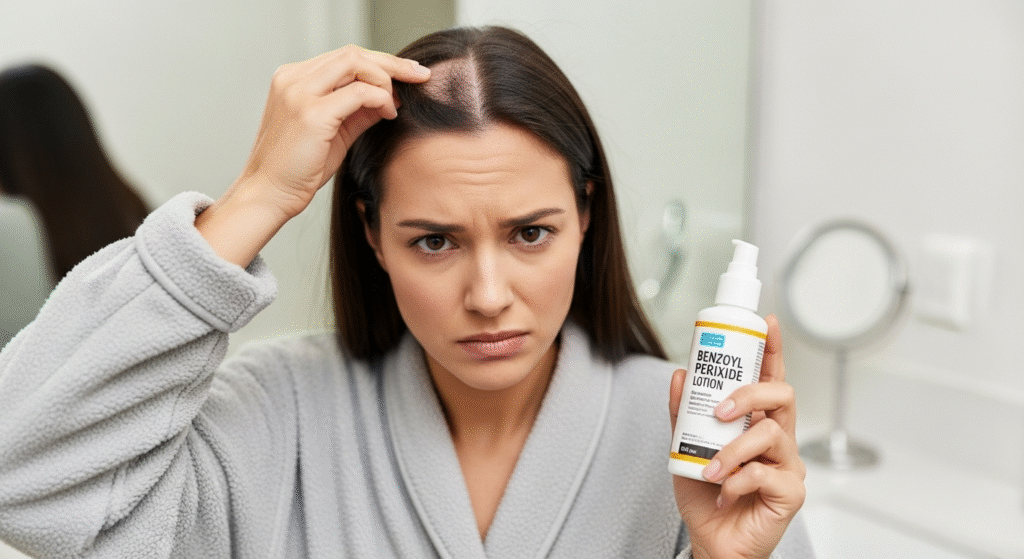
Understanding Benzoyl Peroxide and Its Common Effects
What It Is and How It Works
Benzoyl peroxide is a widely used acne treatment that kills acne-causing bacteria, reduces inflammation, and helps unclog pores. It’s available in concentrations ranging from 2.5% to 10% as gels, washes, or creams.
Frequent Side Effects
- Bleaching: It can lighten dyed hair and fabrics it contacts.
- Dryness & Irritation: Especially near the hairline or scalp.
- Contact Sensitivity: Some users experience redness or itching after contact.
Who Is Likely Affected?
Those with sensitive skin, dyed or porous hair, or users applying higher concentrations near hairline are more prone to bleaching or irritation.
Does Benzoyl Peroxide Cause Hair Loss? Evidence & Mechanisms
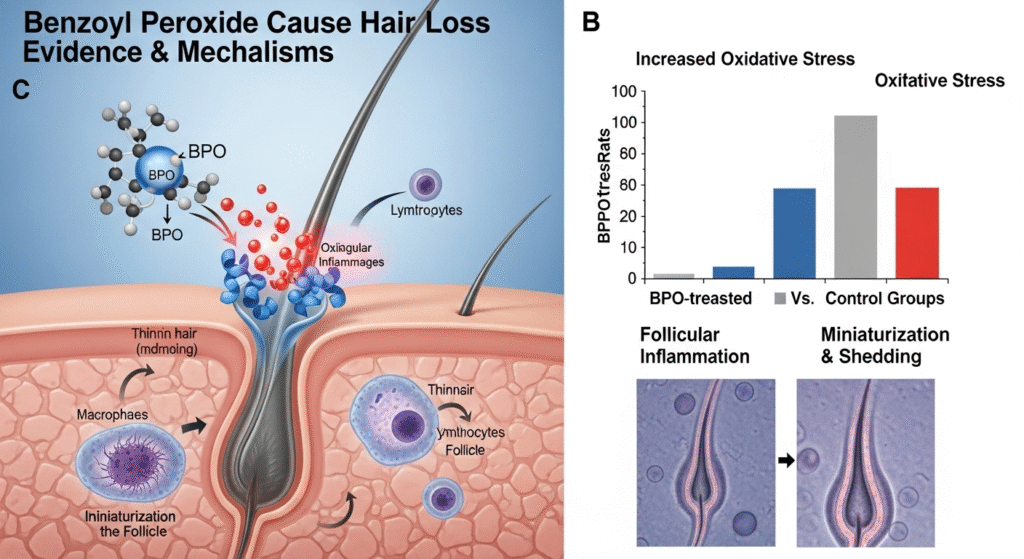
Reported Hair Loss—Is It Real?
There is no strong medical literature showing direct hair loss linked to benzoyl peroxide. Most dermatology references confirm that hair shedding is extremely rare without underlying scalp inflammation or allergic reaction.
Possible Mechanisms
- Severe scalp inflammation or allergic contact dermatitis could temporarily disrupt hair follicles.
- Mechanical trauma from scratching inflamed skin may lead to mild shedding.
- Discoloration at the hairline is commonly mistaken for thinning but reflects bleaching, not follicular damage.
Bleaching vs. Shedding
Bleaching alters pigment only—hair remains intact. Actual shedding involves follicles exiting the growth cycle, which is uncommon with benzoyl peroxide unless compounded by inflammation.
Expert Perspectives & Medical Commentary
Dermatologists emphasize:
- Hair follicle damage from benzoyl peroxide alone is rare.
- Allergic scalp reactions should prompt medical consultation.
- Patch testing before application near hairline is recommended.
- Continued monitoring of symptoms like itching or redness is crucial.
Safe Use Tips to Protect Hair Health
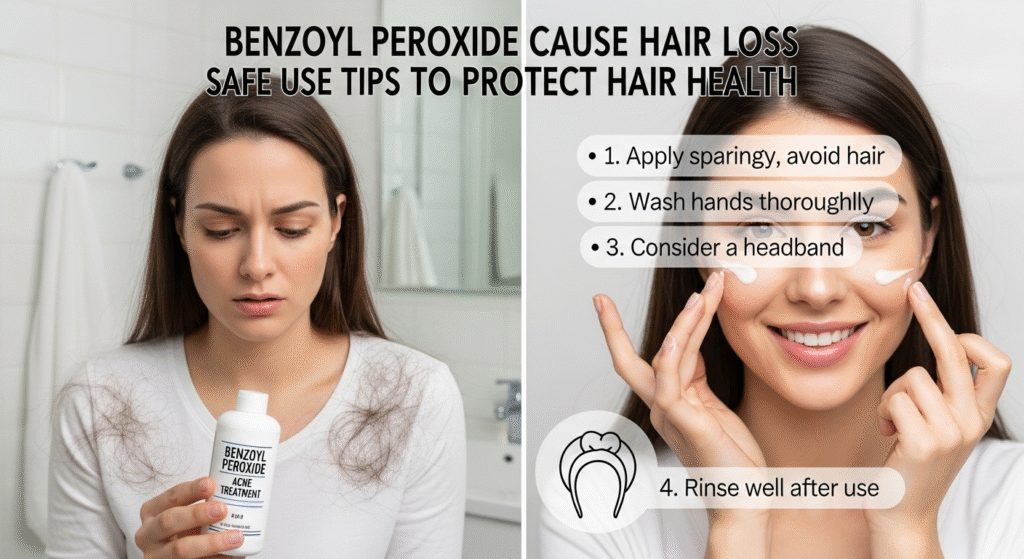
Patch Test First
Apply a small amount on skin near your hairline and wait 24 hours to check for redness or irritation.
Use the Minimal Effective Strength
Start with 2.5% concentration, especially if using near hair-bearing areas instead of higher strengths unless advised otherwise.
Avoid Direct Contact with Hair
- Apply only to targeted acne spots.
- Rinse thoroughly and allow skin to dry before touching hair.
Moisturize & Shield Hair
- Use a gentle moisturizer after application.
- Cover pillowcases and towels with clean protective layers.
- Replace used fabrics frequently to avoid lingering bleach residue.
Monitor for Issues
Watch for itching, redness, or flaking. Stop use and seek a dermatologist’s evaluation if symptoms persist.
Summary & Key Takeaways
Persistent symptoms or allergic reactions should prompt medical evaluation.
Benzoyl peroxide is not a known cause of hair loss; bleaching and irritation are far more common than true follicle shedding.
Hair bleaching reflects pigment loss, not loss of hair density or structure.
Use wisely—patch test, apply sparingly, and moisturize to keep skin healthy.
FAQs
Can benzoyl peroxide bleach or thin hair?
It can bleach dyed or lighter hair and fabric, but thinning due to actual hair loss is very unlikely.
Is hair loss a known side effect?
Not officially. Only rare cases of allergic reactions or mechanical irritation may contribute to temporary shedding.
What should I do if I notice shedding?
Stop use, keep the area clean and moisturized, and consult a dermatologist if the issue continues.
Are there safer acne treatments around the hairline?
Yes. Alternatives include salicylic acid or niacinamide, which are gentler on the scalp.
When should I see a dermatologist?
If irritation or visible shedding persists beyond a few days, or if you develop itchy, inflamed patches, seek professional evaluation.
Ready To Take Your Next Step
If you’re considering acne treatments near the hairline or worried about scalp health, speak with Dr. Uzma Irfan, an ISHRS-certified surgeon. A professional evaluation can help you choose acne solutions that protect your skin and keep your hair safe.

